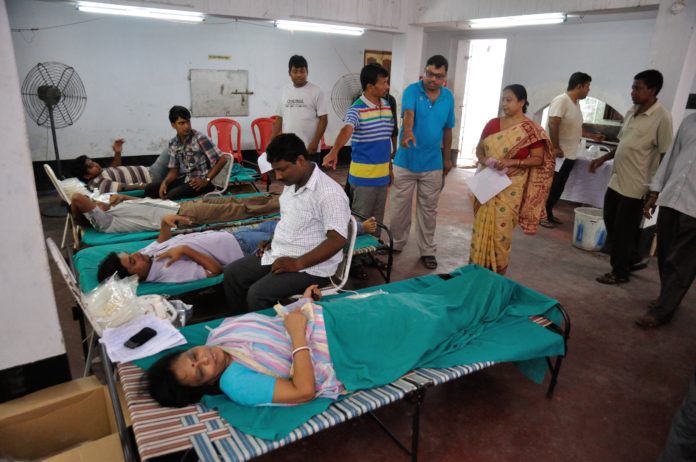National Health Account estimates show increased government expenditure on healthcare, the decline in out-of-pocket expenses, and growth in social security expenditure
The share of Government Health Expenditure (GHE) in the GDP increased from 1.13% in 2014-15 to 1.84% in 2021-22, thanks to the initiatives taken during the COVID19 pandemic. In per capita terms, GHE has tripled, from Rs. 1,108 in 2014-15 to Rs. 3,169 in 2021-22.
These findings emerge from an analysis of the National Health Account (NHA) estimates recently brought out by the ministry of health and family welfare. Between 2020-21 and 2021-22, government health spend rose by a sharp 37%. These were the pandemic years.
A statement issued by the Press Information Bureau says: “Out-of-Pocket Expenditure (OOPE) has traditionally been a significant burden on Indian households. However, between 2014-15 and 2021-22, the share of OOPE in the Total Health Expenditure (THE) declined from 62.6% to 39.4%. This reduction is a direct result of the government’s efforts to increase public health spending, improve access to healthcare, and reduce financial hardship for individuals seeking medical care.”
The estimates are structured based on the globally recognized framework known as the System of Health Accounts (SHA), 2011. This framework is essential for enabling inter-country comparisons, as it provides a standardized way to track and report on healthcare expenditures. The NHA offers a detailed description of the financial flows within India’s health system, illustrating how funds are collected from various sources, how they are spent across the healthcare sector, and how healthcare services are utilized.
Another positive trend in the country’s health financing space is the increase in Social Security Expenditure (SSE). This increase in social security has a direct impact on reducing out-of-pocket payments. A robust social security mechanism ensures that individuals will not face financial hardship and the risk of poverty as a consequence of accessing essential healthcare services. The share of SSE on health, which includes government-funded health insurance, medical reimbursements to government employees, and social health insurance programs in the Total Health Expenditure, increased from 5.7% in 2014-15 to 8.7% in 2021-22.


